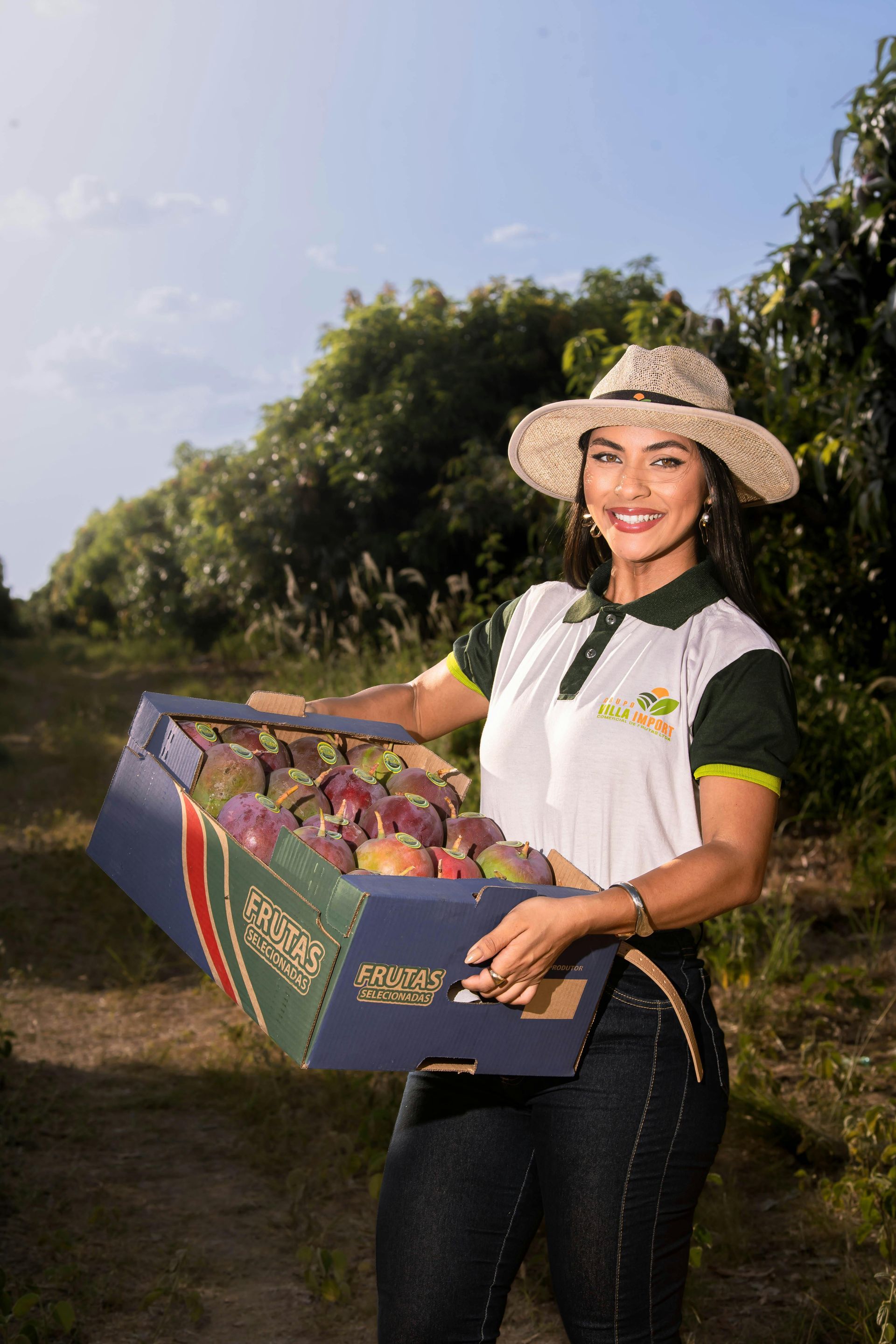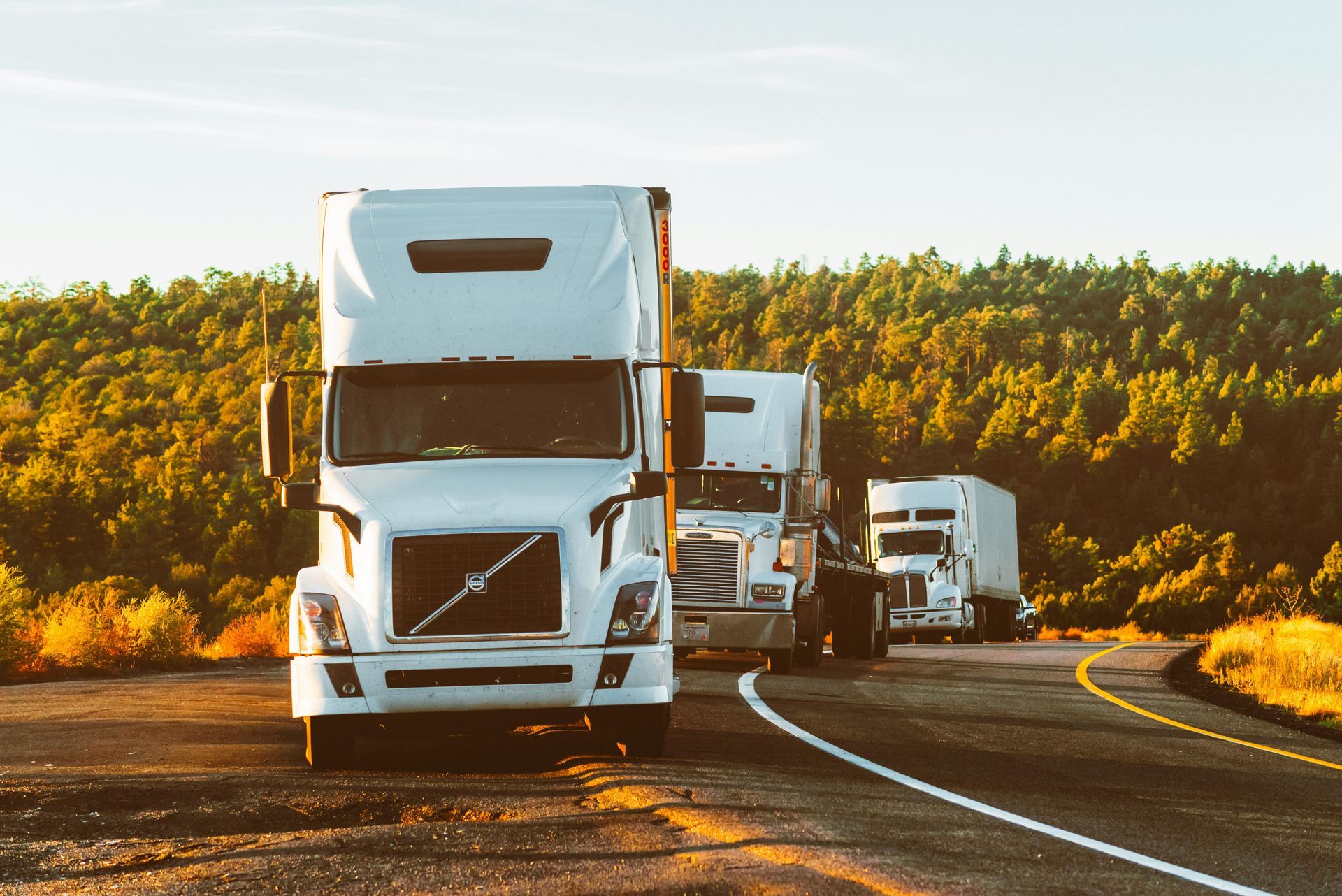Understanding Liability Insurance for Farmers: Protecting Your Farm from Risk
A Down-to-Earth Guide to Keeping Your Farm and Finances Safe from Unexpected Claims
Farming is risky business—and not just because of the unpredictable weather or market prices. One unexpected accident or mishap on your property could lead to lawsuits and major expenses. That’s where liability insurance steps in. If you’re like most farmers in Eastern Washington, you’d rather be out in the field than thinking about insurance, so here’s a no-frills guide to understanding liability coverage and how it can protect your farm without turning it into a paperwork nightmare.
1. What Liability Insurance Actually Covers (and What It Doesn’t)
Think of liability insurance as a safety net for when things go sideways. Liability insurance covers accidents, injuries, or property damage that happen on your farm—but only if you’re legally responsible. So, if a delivery driver trips over a loose hose, or someone accidentally gets hurt on your property, liability insurance steps in to cover their medical bills and, if needed, legal fees.
What It Doesn’t Cover: Liability insurance doesn’t cover damage to your own property or equipment (that’s what property insurance is for) and won’t cover employee injuries (that’s where workers' comp comes in).
Tactical Tip: Make a quick list of all the ways people interact with your farm—deliveries, customer visits, seasonal workers. This can help you see where your risks are and ensure your coverage aligns with them.
2. Premises Liability vs. Product Liability: Know the Difference
Liability insurance can be split into two main categories for farmers: Premises Liability and Product Liability.
- Premises Liability: This is all about incidents that happen on your farm. If someone slips, trips, or takes a wrong turn into the barn, premises liability has you covered
.
- Product Liability: This covers issues related to products you produce. So, if you’re selling eggs or produce and a consumer falls sick, product liability can help cover any claims they bring against you. It’s a must-have for anyone selling to local markets, co-ops, or restaurants.
Tactical Tip: Check in with your broker to make sure you’ve got both types of coverage. If you’re growing crops for resale or have direct customer interactions, product liability is just as important as premises coverage.
3. Protecting Against Lawsuits (Because They’re More Common Than You Think)
We all like to think, “That won’t happen to me.” But lawsuits happen every day, and sometimes they come from the most unlikely sources. Liability insurance gives you peace of mind that if a visitor, contractor, or customer files a claim, you’re not personally paying out of pocket.
Why It Matters: Legal fees and settlements can pile up quickly, especially if a case goes to court. With liability insurance, you have a financial buffer to handle these costs without threatening your farm’s financial health.
Tactical Tip: Set clear rules for visitors on your property, especially if you’re hosting events like pumpkin patches or U-pick days. Signage, clear pathways, and restricted access areas can reduce the risk of incidents—and make your case stronger if someone disregards the rules.
4. Don’t Forget Environmental Liability Coverage
With farming, sometimes your liability reaches beyond your fence line. Fertilizers, pesticides, and livestock waste can impact nearby soil, water, or air, and even minor spills can lead to significant cleanup costs. Environmental Liability Coverage (sometimes called Pollution Liability) helps cover cleanup and legal costs if a spill or contamination issue affects neighboring properties.
Why It Matters: If there’s one thing Eastern Washington farmers know, it’s that environmental regulations aren’t going away. Even small accidents, like a leaking tank, can mean expensive cleanup and compliance headaches.
Tactical Tip: Take inventory of your storage practices and containers for chemicals and fertilizers. The better your containment methods, the less likely you’ll need to use this coverage. And keep an eye out for policy add-ons for environmental coverage—this isn’t always included in standard liability packages.
5. How Much Liability Coverage Is Enough? (A.K.A. Don’t Undershoot This)
When it comes to liability limits, more is often better. Liability claims can add up fast, especially if someone gets seriously injured. Skimping on coverage might save a few bucks on premiums, but if a major claim comes through, it could mean losing assets or even your entire farm. Most farmers find that at least $1 million in liability coverage is a safe baseline.
Tactical Tip: Think of coverage limits as your “break-even” point. Talk to your broker about real scenarios—like the costs of a lawsuit or a contamination cleanup—and choose a limit that covers the worst-case situation without putting your farm at risk.
Final Thoughts for Farmers in Eastern Washington
Liability insurance may not be as exciting as getting a new tractor, but it’s just as essential. Farms are unique, and so are the risks they face. Taking a bit of time to understand your liability options can mean a lot less stress if the unexpected happens. Remember, we’re here to help.
At DeLeon Insurance Services, we get farming because we’re local, too. We’re here to make liability insurance straightforward, practical, and customized for the way you do business in Eastern Washington.
Ready to protect your farm? Reach out, and let’s make sure you’re covered, from the soil to the silo.



